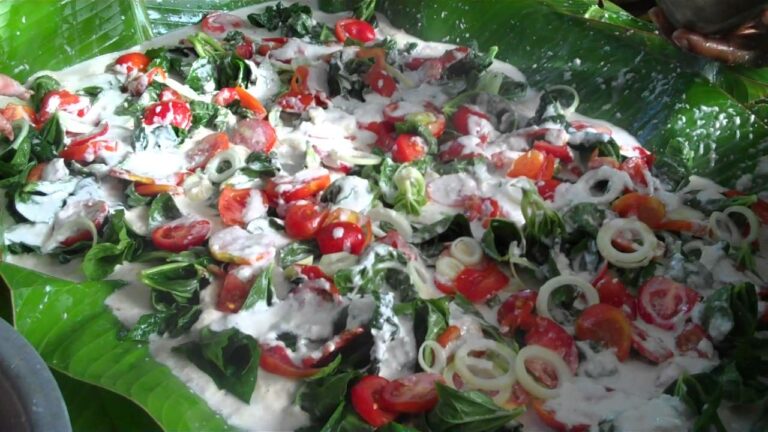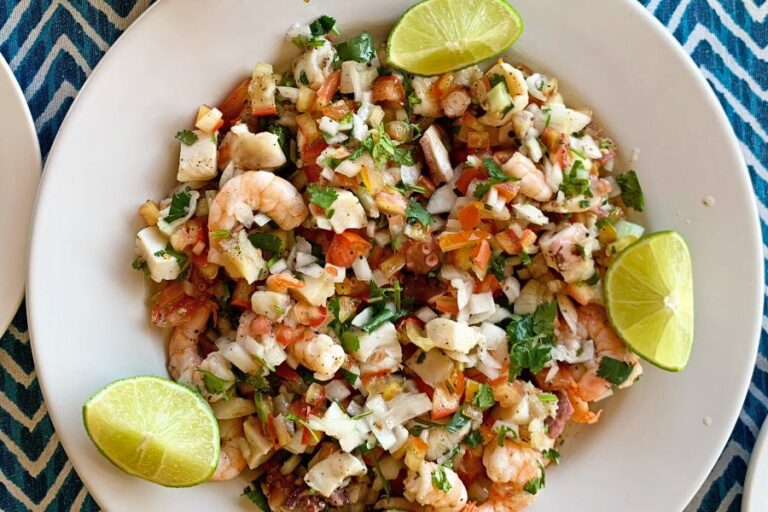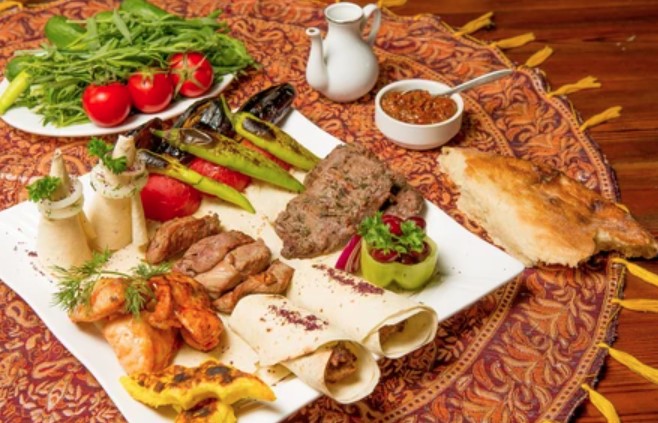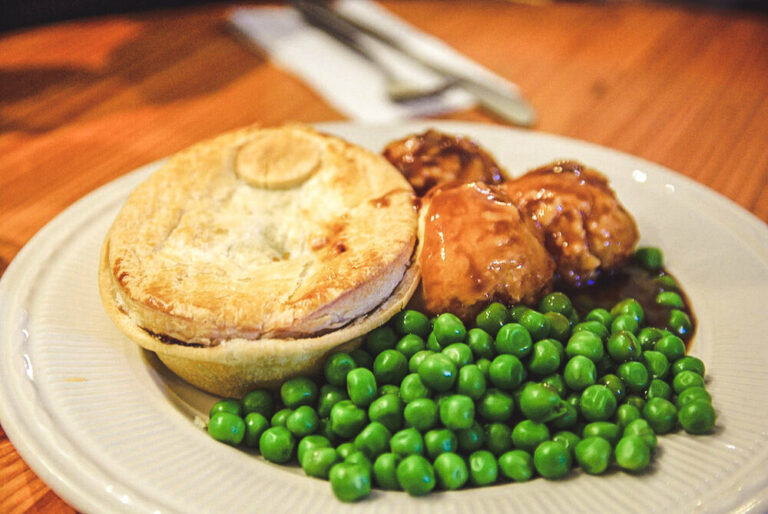Introduction: American Desserts in Global Context
Desserts are a sweet treat that people all over the world enjoy. In the United States, desserts have become a cultural phenomenon with unique ingredients and techniques. American desserts have developed their own identity that sets them apart from desserts of other countries. However, this does not mean that they are entirely disconnected from other international desserts. This article will examine the differences between American desserts and other international desserts, including the ingredients and techniques used, the influences of immigrants, regional variations, and popular desserts around the world.
Ingredients and Techniques in American Desserts
American desserts are known for their use of rich, sweet ingredients such as chocolate, caramel, and cream. They also often incorporate fruits such as apples, pumpkin, and berries. Many classic American desserts are made with wheat flour, such as cakes, cookies, and pies, which make use of a variety of techniques such as baking, frying, and grilling. American desserts also frequently incorporate dairy, with whipped cream and ice cream being popular toppings. Overall, American desserts tend to be indulgent, rich, and sweet.
Influences of Immigrants on American Desserts
Immigrants have played a significant role in shaping American desserts. European immigrants brought with them traditional recipes for desserts like cakes, pies, and pastries, which were adapted to suit American tastes and ingredients. African slaves in the southern states introduced new ingredients such as molasses and peanuts, which are now staples in American desserts. Later waves of immigrants, including Italians and Mexicans, have also influenced American desserts by adding new flavors and techniques.
Regional Variations in American Desserts
American desserts also vary by region. For example, Southern states are known for their use of pecans and molasses in desserts like pecan pie and sweet potato pie. New England is famous for their use of apples in desserts such as apple crisp and apple pie. The Midwest is known for their love of cream-filled desserts, such as cream pies and cream puffs. The West Coast is famous for its gourmet and innovative desserts, with flavors like avocado and lavender being incorporated into desserts.
Popular American Desserts around the World
American desserts have become popular around the world, with some even becoming international icons. Some of the most popular American desserts around the world include chocolate chip cookies, brownies, apple pie, and cheesecake. These desserts have been adapted to suit local tastes, with variations like green tea cheesecake in Japan and mango pie in the Philippines.
Conclusion: American Desserts as a Cultural Phenomenon
In conclusion, American desserts have developed into a cultural phenomenon that is unique and distinct from desserts of other countries. Through the use of rich, sweet ingredients and techniques like baking and frying, American desserts have become a staple of American cuisine. Immigrants have played a significant role in shaping American desserts, and regional variations exist within the United States. Despite this, American desserts have become popular around the world, with some even being adapted to suit local tastes. Overall, American desserts are an important aspect of American culture that reflect the country’s history, diversity, and innovation.










